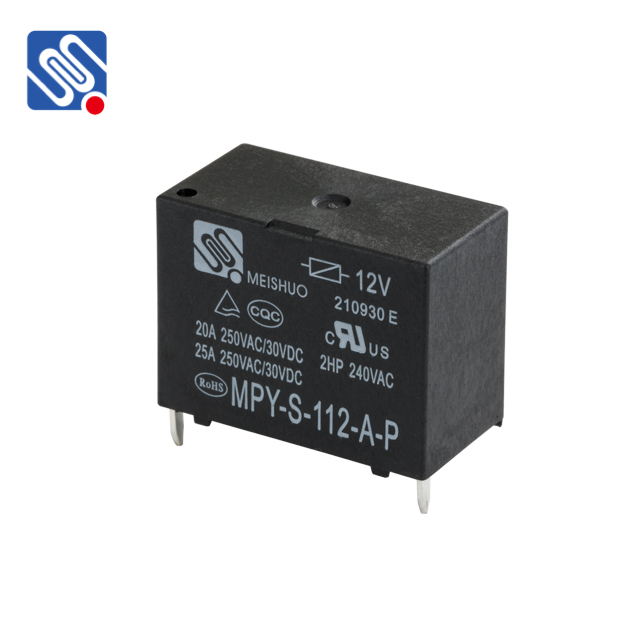When working with relays in electrical and electronic circuits, one of the most critical factors to consider is the voltage rating. The voltage rating of a relay dictates the maximum voltage the device can handle safely, both on the coil and the contacts. Understanding this rating is crucial for ensuring that the relay operates effectively and that the electrical circuit remains safe. In this article, we will explore the significance of relay voltage ratings, explain the two main types of voltage ratings, and provide guidance on selecting the right relay for various applications.

What is Relay Voltage Rating? Relay voltage rating refers to the maximum electrical voltage that a relay can safely handle in different parts of its operation. There are two main types of voltage ratings: the coil voltage rating and the contact voltage rating. Both are important for the proper functioning and durability of the relay. If the relay is exposed to voltage higher than its rated capacity, there is a risk of damage or failure, which could lead to safety hazards or circuit malfunction. Coil Voltage Rating The coil voltage rating is the voltage required to activate the relay. Relays typically have an electromagnet (coil) that, when energized, generates a magnetic field. This magnetic field moves an armature to either open or close the contacts, allowing current to flow through the connected circuit. The coil voltage rating is the voltage that needs to be applied across the relay’s coil to energize it and initiate this process.